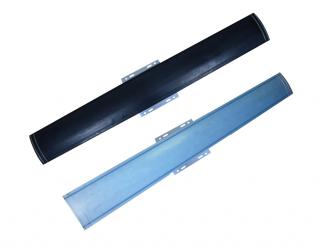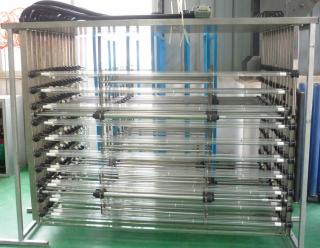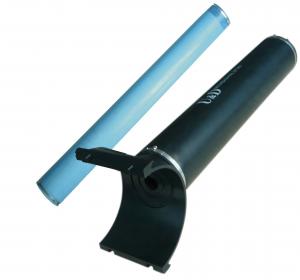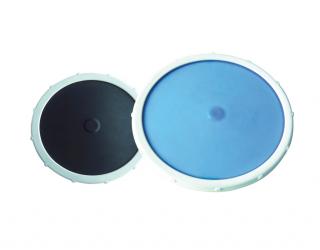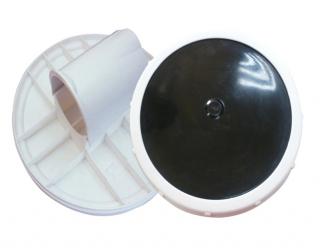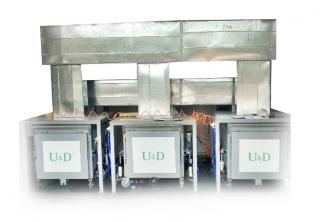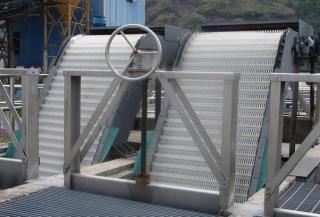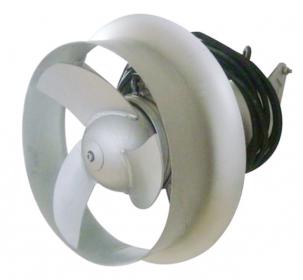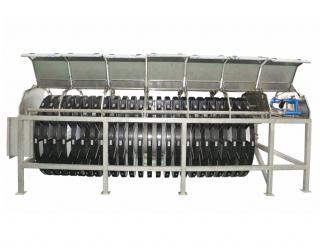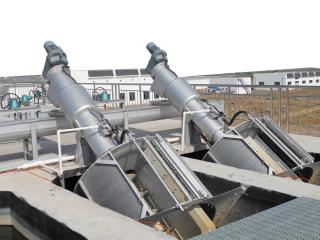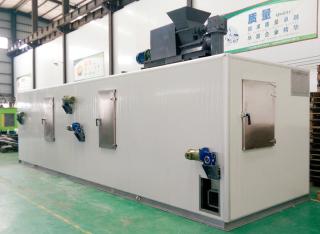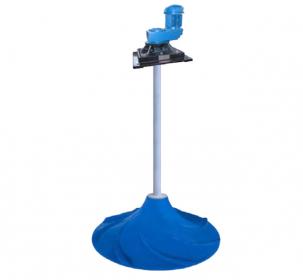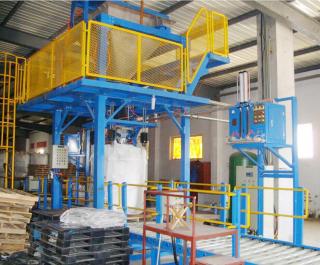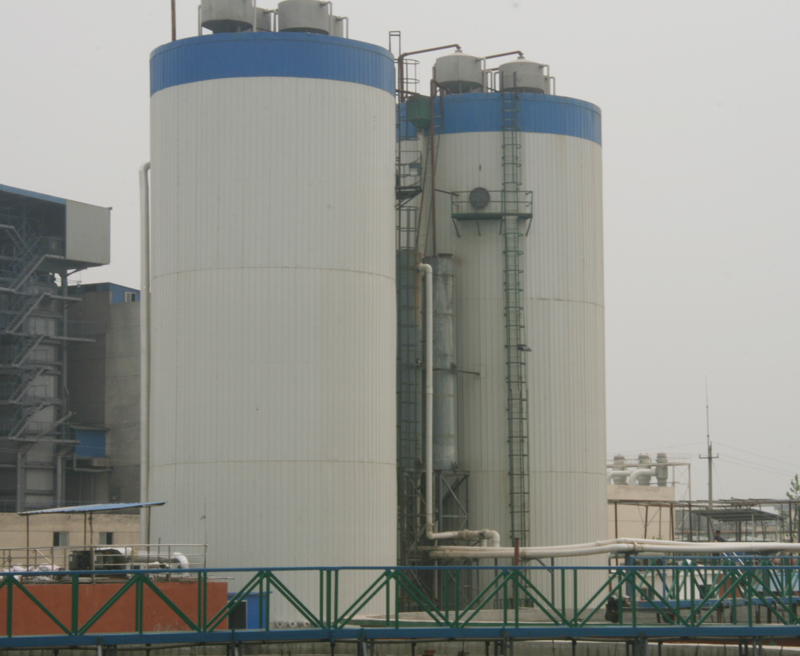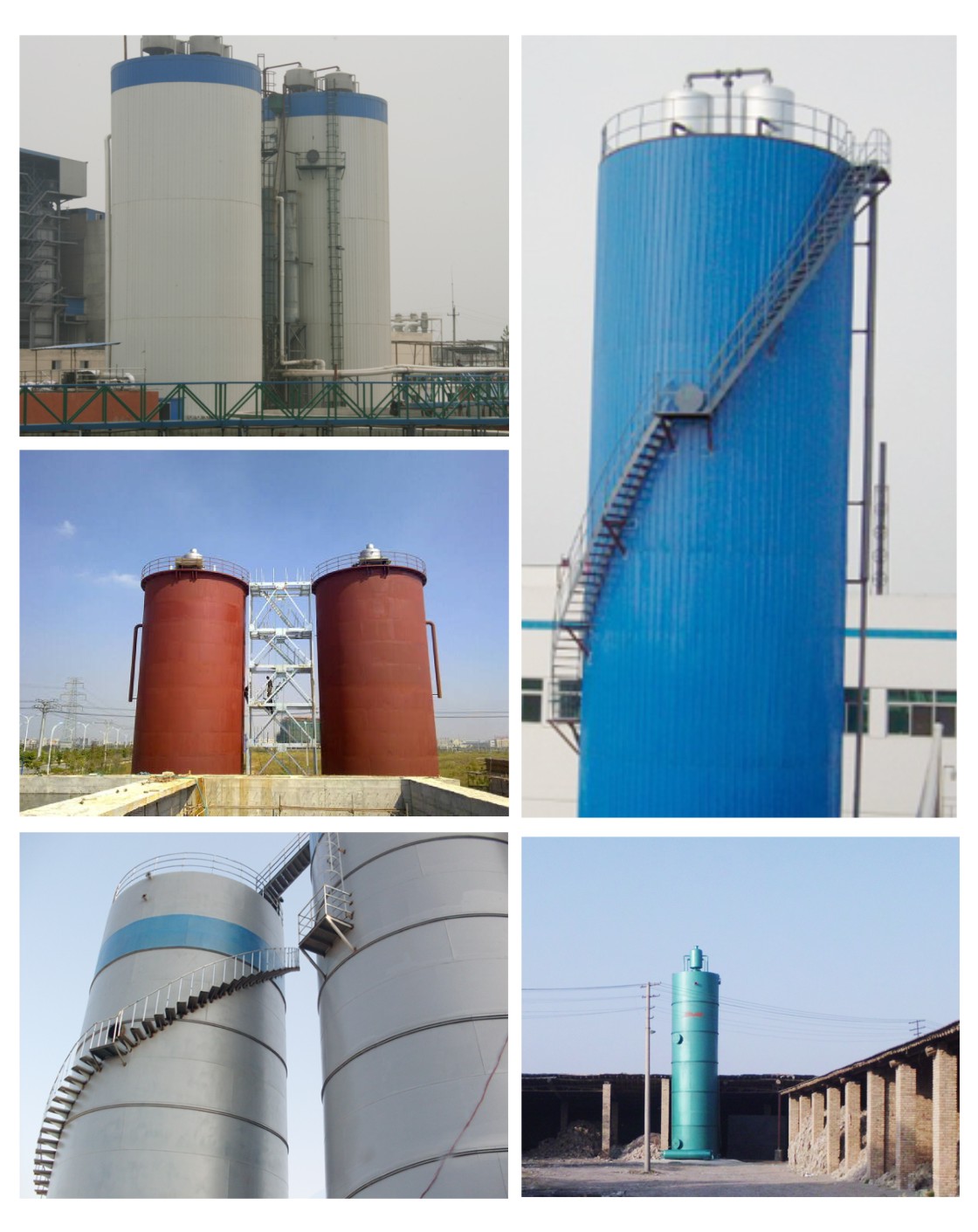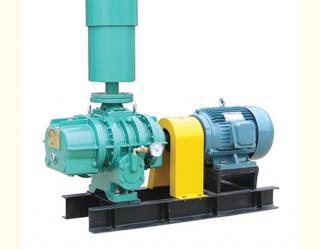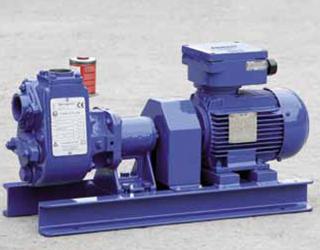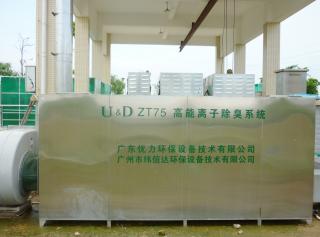- Product Overview
- Comments
- Project Case
I. Product Overview
IC anaerobic reactor is developed from UASB reactor. Like UASB reactor, IC anaerobic reactor can produce the
granular anaerobic sludge with high biological activity, while the difference is that the reactor can also cause fluid
circulation in it. The process can be described as follows: feed-water flows into the first reaction zone from the bottom where it mixes with granular sludge, and where most
organics are degraded to produce lots of marsh gas that is then collected by the 3-phase separator in the lower layer; as the gas production is large and liquid phase up-flow rate is high, marsh gas and waste water cannot be totally separated from sludge and form the mixed fluid;
and besides, as the pressure in the gas-liquid separator is smaller than that in the reaction zone, the mixed
fluid is carried by marsh gas and flows into the gas-liquid separator, where most marsh gas is separated from the mixed fluid and discharged to outside, and so the
mixed fluid, as its density increases, flows back to the bottom of the first reaction zone through the return tube
under the action of gravity, and mixes with the waste water and sludge in the zone, to realize fluid circulation
within the reactor.
The internal circulation greatly increases the liquid phase up-flow rate in the first reaction zone, up to 10~20 m/h.
The liquid phase up-flow rate in the second reaction zone is smaller than that in the first reaction zone, being 2~10 m/h. In the zone, the biological reaction continues, and with reduced up-flow rate, it also serves as the cushion area between the first reaction zone and the sedimentation zone, which
helps a lot in avoiding sludge escape and guaranteeing effluent quality after sedimentation.
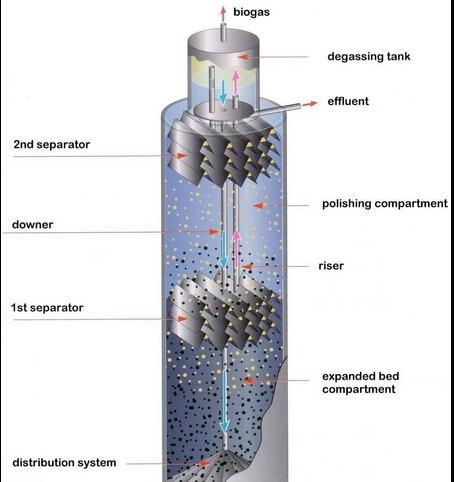
II.Technical Features
1.Great organic load. The internal circulation increases the liquid-phase up-flow rate in the first reaction zone, and enhances mass transfer between organic and granular sludge contained
in waste water, thus making the organic load in IC anaerobic reactor be much greater than that in the ordinary
UASB reactor.
2.Strong impact resistance, and good running stability. In the presence of internal circulation, the actual water
quantity in the first reaction zone of IC anaerobic reactor is much greater than the feed-water quantity. For example, for the waste water whose concentration level is equivalent to that of the beer waste
water, the circulating water flow can come to 2~3 times feed-water flow; and for the potato processing waste water, the circulating water flow can arrive at 10~20 times feed-water flow. The circulating water dilutes the feed-water, and so increases the impact resistance and acid/ alkaline regulation capability of the reactor; and besides,
the second reaction zone offers further treatment, making the running quite stable.
3.Cost effective infrastructure investment, and small floor area. When treat the same volume of waste water, the
volume load of IC anaerobic reactor is about 4 times of that of the ordinary UASB reactor, and its needed volume is
just 1/4 ~ 1/3 of that of USAB, so it save infrastructure investment Besides, most IC anaerobic reactors are of tall
and thin tower type with an aspect ratio of 4~8, requiring small floor area, so they are suitable for those enterprises
with not much land area.
4.Energy conservation. The internal circulation of IC anaerobic reactor is realized as marsh gas is raised, needing
no external power supply and so saving
back-flow energy.
The device is successively used in the large-size starch factory, alcohol waste water treatment system,
biopharmaceutical factory and agricultural chemical waste water treatment system.









